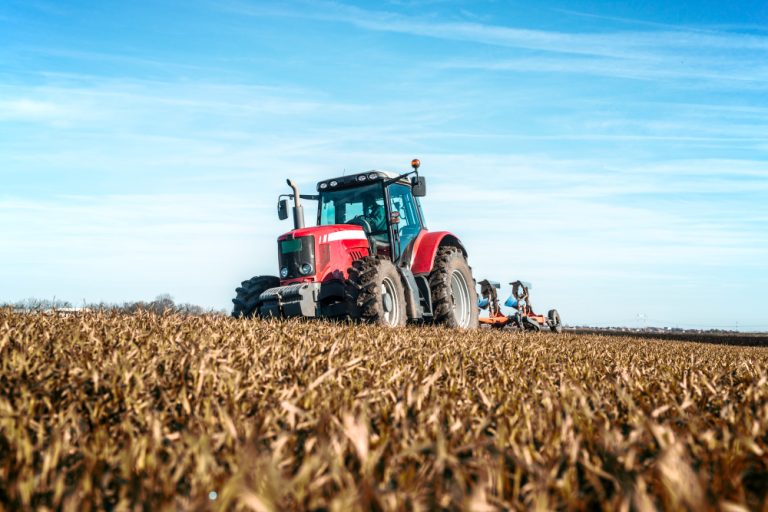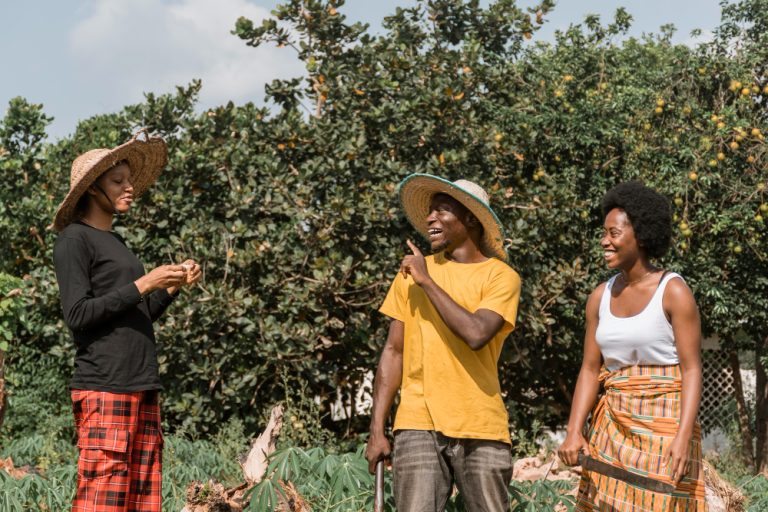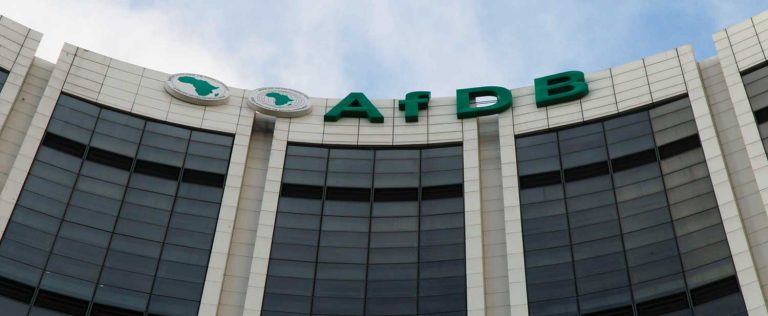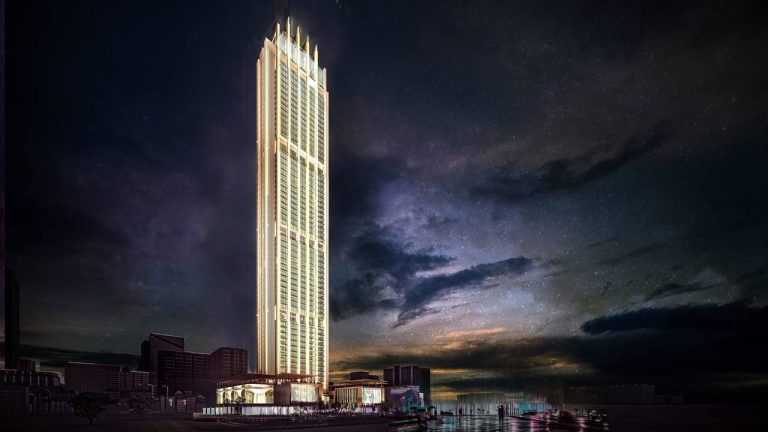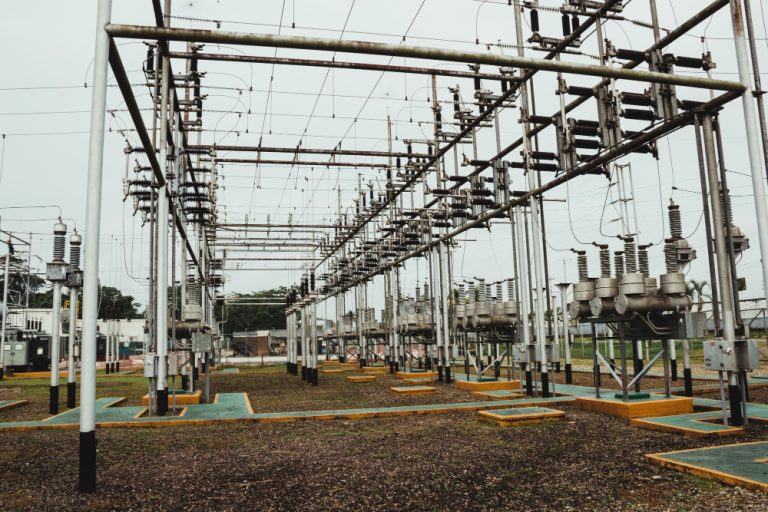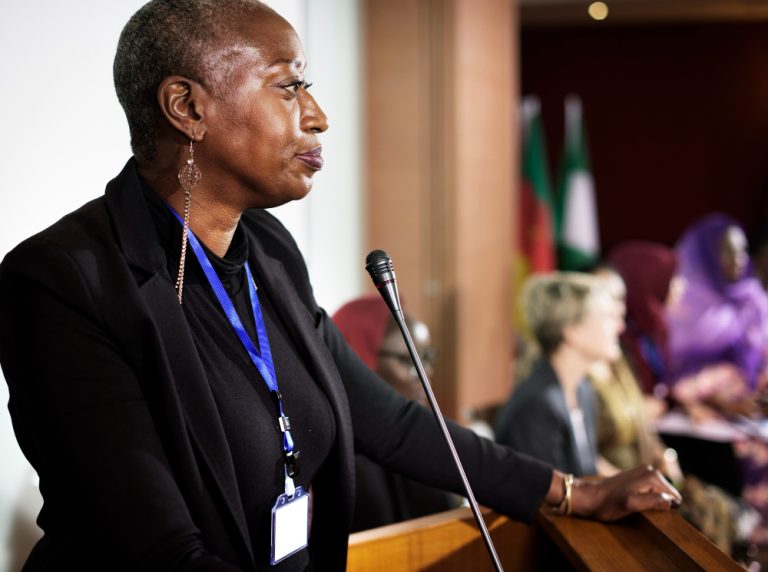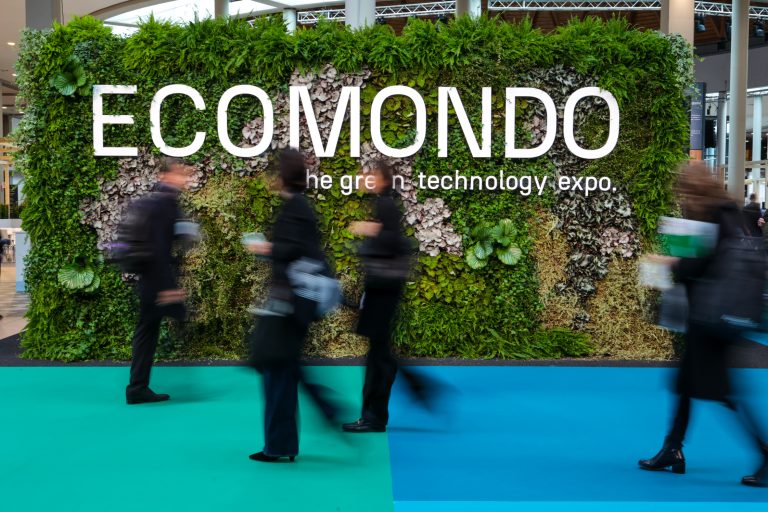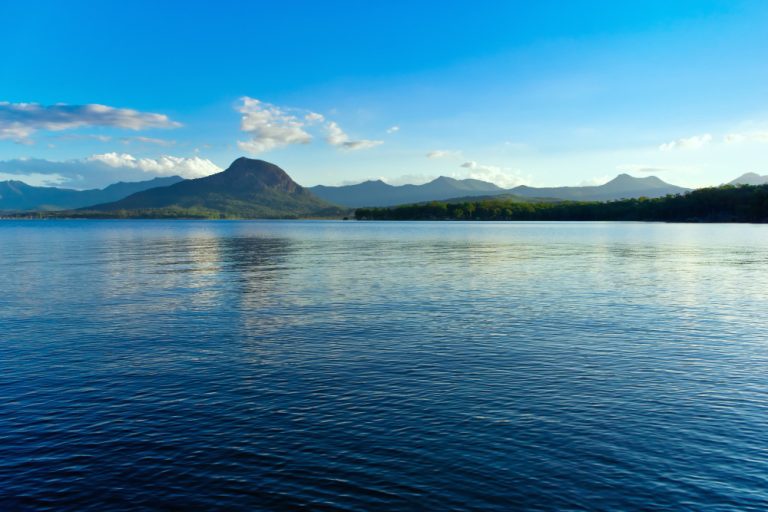Africa is taking a bold step to establish itself as a global leader in climate finance with the unveiling of the Africa Carbon Support Facility (ACSF), a strategic platform aimed at unlocking billions in climate investments by scaling and de-risking carbon markets across the continent. Launched during the African Development Bank Group’s 2025 Annual Meetings in Abidjan, Côte d’Ivoire, the initiative is a cornerstone in Africa’s emerging role in the global carbon economy.
Built on the African Union’s Carbon Market Strategy, the ACSF is designed to do more than just attract investment. It intends to develop a robust, equitable, and high-integrity carbon market architecture that places African countries—and their communities—at the heart of global climate solutions. The timing couldn’t be more critical. Africa continues to bear the brunt of climate change impacts, from devastating droughts to rising sea levels and erratic rainfall patterns, all while contributing a negligible share of global greenhouse gas emissions.
The ACSF is structured around five key pillars: de-risking carbon credit supply, stimulating buyer demand, strengthening carbon market infrastructure, improving enabling policy environments, and crowding in private capital. Each of these pillars reflects a deep understanding of the systemic barriers that have long hindered Africa’s participation in global carbon markets.
In practical terms, de-risking supply means supporting African carbon project developers to reduce uncertainty and ensure quality. This includes technical assistance, capacity building, and financial guarantees that allow smaller or first-time players to participate in what has traditionally been a high-barrier market. On the demand side, the ACSF will promote the credibility and integrity of African carbon credits, making them more attractive to global buyers seeking high-quality offsets with real-world impact.
But it’s the infrastructure and policy components that may prove most transformative. Currently, many African countries lack the regulatory frameworks and institutional capacity to scale carbon trading. The ACSF plans to work closely with governments to fill these gaps, aligning national climate goals with carbon market participation and ensuring that policies are in place to safeguard environmental and social integrity.
Read also: Is carbon offsetting a real solution or just a convenient excuse for continued pollution?
One of the biggest hurdles for carbon market growth in Africa has been the perceived risk by private investors. The ACSF directly addresses this by offering tools for smarter risk-sharing, enabling financiers to participate in carbon projects without shouldering all the exposure. This includes mechanisms such as credit guarantees, blended finance, and insurance products designed to unlock investment across a range of sectors—from forestry and renewable energy to regenerative agriculture and waste management.
Importantly, the ACSF’s approach is not just about attracting foreign capital; it’s also about strengthening domestic financial ecosystems. Local banks, development finance institutions, and pension funds have a vital role to play in mainstreaming climate finance and ensuring that African-led institutions are central to the market’s growth.
Perhaps the most defining feature of Africa’s carbon market strategy is its emphasis on equity. The ACSF aims to ensure that revenues from carbon trading are not just absorbed at the top but are felt at the grassroots. This involves directing a fair share of income to local communities engaged in conservation, reforestation, and other emissions-reducing activities. In this way, carbon markets become a vehicle for inclusive development—supporting livelihoods, improving resilience, and enhancing the stewardship of natural resources.
This approach addresses longstanding concerns that carbon trading risks becoming extractive—benefiting brokers and buyers while excluding the people managing the land. By embedding social safeguards and benefit-sharing mechanisms, Africa is working to ensure that its carbon economy is built on principles of justice, not just metrics of emissions reduction.
Another major theme emerging from the carbon market dialogue is the importance of data integrity. Carbon credits must be verifiable, traceable, and based on real emissions reductions to have value in today’s marketplace. This means building systems for accurate measurement, reporting, and verification (MRV), as well as enhancing transparency across the value chain.
For Africa, the credibility of its carbon assets will determine whether or not it can compete globally. The ACSF supports this by helping countries and project developers build the digital tools, data infrastructure, and certification capacity needed to meet international standards. This, in turn, builds investor confidence and allows for greater market participation from African actors.
The launch of the ACSF signals a turning point. Africa is no longer approaching climate finance as a recipient of aid—it is shaping itself as a supplier of high-integrity carbon credits and as a hub of climate solutions. With abundant natural assets and a youthful, innovative population, the continent is well-positioned to lead in nature-based solutions and sustainable development pathways.
However, the success of this new strategy will depend on more than just ambition. It will require sustained collaboration among governments, development partners, the private sector, and civil society. It also calls for a mindset shift—away from fragmented, one-off projects, and toward long-term, scalable solutions that can deliver both environmental and economic returns.
In the bigger picture, Africa’s entry into carbon markets offers a rare opportunity to reframe its relationship with the global economy. By monetizing ecosystem services and leveraging climate finance as a development tool, the continent can move toward more self-determined growth. Moreover, a successful African carbon market could serve as a model for other developing regions, proving that it is possible to build climate resilience while generating value for communities and investors alike.
As the world races to meet net-zero goals, Africa’s proactive carbon market strategy offers not only a pathway for the continent’s own development but also a critical contribution to global climate solutions. The ACSF is more than a facility—it is a signal that Africa is ready to lead.




